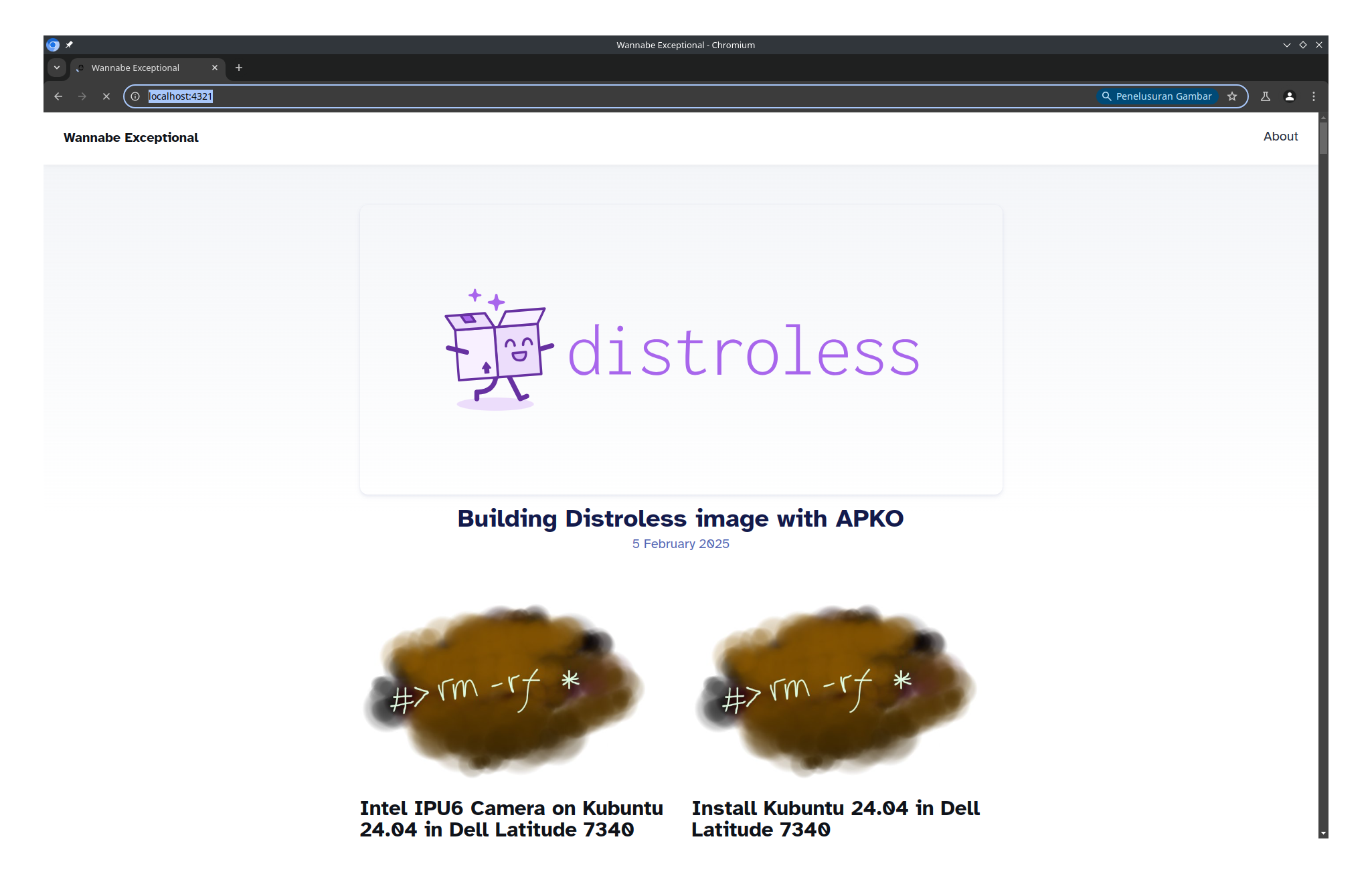TL;DR:
- Update to Previous Analysis: Expanding on our previous technical breakdown of Qwen3-Next-80B-A3B models
- Practical Implementation: Detailed instructions for running these models with Hugging Face Transformers, SGLang, and Qwen Agent
- Two Variants: Instruct model for general conversation and Thinking model with enhanced reasoning capabilities
- Architecture Recap: 80B total parameters but only 3B active during inference
- Usage Options: Multiple deployment methods for different performance requirements
Qwen3-Next-80B-A3B: Updated Analysis and Practical Usage Guide
Introduction
This article serves as an update and practical companion to our previous analysis of Alibaba’s Qwen3-Next-80B-A3B series. While our earlier discussion focused on the architectural innovations and theoretical implications of these sparse Mixture of Experts (MoE) models, we’ll now dive into the practical aspects of implementing and deploying them.
For those who haven’t read our previous analysis, we recommend checking it out for a comprehensive technical breakdown of the model’s architecture and its potential impact on CPU-based inference:
Qwen3-Next-8.0B-A3B and its CPU Inference Potential
Revolutionary Architecture
The Qwen3-Next series introduces several key innovations:
Hybrid Attention Mechanism
- Combines Gated DeltaNet and Gated Attention for efficient context modeling
- Enables handling of ultra-long contexts (up to 32,768 tokens) with linear complexity mechanisms
High-Sparsity MoE
- 80 Billion Total Parameters: Massive knowledge base
- 3 Billion Active Parameters: Computational load equivalent to a 3B model
- 1:50 Activation Ratio: Only activates a small fraction of experts per token
Multi-Token Prediction (MTP)
- Advanced pre-training technique that improves model planning and consistency
- Boosts performance while accelerating inference through parallel token prediction
Two Distinct Variants
Qwen3-Next-80B-A3B-Instruct
Designed for general conversational tasks with enhanced capabilities:
- Agentic Use: Supports function calling and tool usage
- Multilingual: Comprehensive language support
- Code Generation: Strong performance in coding tasks
- Context Length: Handles up to 32,768 tokens effectively
Qwen3-Next-80B-A3B-Thinking
Optimized for complex reasoning and deep thinking processes:
- Enhanced Reasoning: Specialized for complex problem-solving
- Thought Process Modeling: Better at showing intermediate reasoning steps
- Long Context Processing: Exceptional performance with lengthy documents
- Specialized Applications: Ideal for research and analytical tasks
How to Use These Models
Installation Requirements
These models require the latest development version of Hugging Face Transformers:
pip install git+https://github.com/huggingface/transformers.git@main
Note: Earlier versions will result in KeyError: 'qwen3_next' due to lack of Qwen3-Next architecture support.
Running Qwen3-Next-80B-A3B-Instruct with Hugging Face
from transformers import AutoModelForCausalLM, AutoTokenizer
# Load the model and tokenizer
model_name = "Qwen/Qwen3-Next-80B-A3B-Instruct"
tokenizer = AutoTokenizer.from_pretrained(model_name)
model = AutoModelForCausalLM.from_pretrained(
model_name,
torch_dtype="auto",
device_map="auto"
)
# Prepare input for chat
prompt = "Explain the significance of sparse MoE architecture in modern LLMs."
messages = [
{"role": "user", "content": prompt}
]
# Apply chat template
text = tokenizer.apply_chat_template(
messages,
tokenize=False,
add_generation_prompt=True
)
# Tokenize and generate
model_inputs = tokenizer([text], return_tensors="pt").to(model.device)
generated_ids = model.generate(
**model_inputs,
max_new_tokens=512
)
generated_ids = [
output_ids[len(input_ids):] for input_ids, output_ids in zip(model_inputs.input_ids, generated_ids)
]
# Decode response
response = tokenizer.batch_decode(generated_ids, skip_special_tokens=True)[0]
print(response)
Running with SGLang for Enhanced Performance
For better performance, especially with the Multi-Token Prediction feature, you can use SGLang:
# Install SGLang with support for latest features
pip install 'sglang[all] @ git+https://github.com/sgl-project/sglang.git@main#subdirectory=python'
# Basic deployment:
SGLANG_ALLOW_OVERWRITE_LONGER_CONTEXT_LEN=1 python -m sglang.launch_server --model-path Qwen/Qwen3-Next-80B-A3B-Instruct --port 30000 --tp-size 4 --context-length 262144 --mem-fraction-static 0.8
# With Multi-Token Prediction:
SGLANG_ALLOW_OVERWRITE_LONGER_CONTEXT_LEN=1 python -m sglang.launch_server --model-path Qwen/Qwen3-Next-80B-A3B-Instruct --port 30000 --tp-size 4 --context-length 262144 --mem-fraction-static 0.8 --speculative-algo NEXTN --speculative-num-steps 3 --speculative-eagle-topk 1 --speculative-num-draft-tokens 4
Then use the SGLang client for inference:
import sglang as sgl
# Connect to the SGLang server
backend = sgl.RuntimeEndpoint("http://localhost:30000")
sgl.set_default_backend(backend)
# Define a function for chat
@sgl.function
def multi_turn_question(s, question):
s += sgl.user(question)
s += sgl.assistant(sgl.gen("answer"))
# Run the function
state = multi_turn_question.run(
question="Explain the significance of sparse MoE architecture in modern LLMs."
)
print(state["answer"])
Running Qwen3-Next-80B-A3B-Thinking
from transformers import AutoModelForCausalLM, AutoTokenizer
# Load the model and tokenizer
model_name = "Qwen/Qwen3-Next-80B-A3B-Thinking"
tokenizer = AutoTokenizer.from_pretrained(model_name)
model = AutoModelForCausalLM.from_pretrained(
model_name,
torch_dtype="auto",
device_map="auto"
)
# For reasoning tasks, you might want to use a more detailed prompt
prompt = """
Analyze the computational advantages of a sparse MoE model with 80B total parameters
but only 3B active parameters during inference. Consider implications for hardware requirements.
"""
# Simple text input (Thinking model may work better with direct prompts)
inputs = tokenizer(prompt, return_tensors="pt").to(model.device)
# Generate with specific parameters for reasoning
generated_ids = model.generate(
**inputs,
max_new_tokens=1024,
temperature=0.7,
top_p=0.9,
do_sample=True
)
# Decode and print response
response = tokenizer.decode(generated_ids[0], skip_special_tokens=True)
print(response)
Using Qwen Agent for Agentic Mode
For advanced agentic capabilities, you can use Qwen-Agent:
# Install Qwen-Agent with all dependencies
pip install -U "qwen-agent[gui,rag,code_interpreter,mcp]"
Example of using Qwen Agent with the Instruct model:
from qwen_agent.agents import Agent
from qwen_agent.tools import CodeInterpreter
# Configure the agent
llm_cfg = {
'model': 'Qwen/Qwen3-Next-80B-A3B-Instruct',
'model_type': 'transformers', # or your deployment method
'generate_cfg': {
'top_p': 0.8,
}
}
# Create an agent with tools
tools = [CodeInterpreter()]
agent = Agent(
llm=llm_cfg,
tools=tools
)
# Use the agent for complex tasks
response = agent.run("Calculate the factorial of 20 and plot a graph of factorials from 1 to 20.")
for step in response:
print(step)
Performance and CPU Inference Potential
The Game-Changing Aspect
The most significant innovation is the extremely low active parameter count:
- Traditional 80B models require 160GB+ VRAM
- Qwen3-Next-80B-A3B requires resources comparable to a 3B model
- This makes CPU inference with large system RAM feasible
Hardware Implications
- CPU Viability: High-performance inference on CPUs with sufficient RAM
- Cost-Effective Deployment: Reduced need for expensive GPUs
- Scalability: Easier horizontal scaling with commodity hardware
- Edge Computing: Potential for deployment in resource-constrained environments
Performance Characteristics
- Inference Throughput: Over 10x higher than Qwen3-32B for long contexts
- Training Efficiency: Less than 1/10 training cost compared to dense models
- Context Handling: Exceptional performance with 32K+ token contexts
- Extended Context: Natively supports up to 262,144 tokens, extensible to 1,010,000 tokens with RoPE scaling
Community and Future Implications
Local LLM Revolution
The Qwen3-Next series is sparking discussions about:
- Democratizing access to powerful AI models
- New hardware configurations (high-RAM CPU systems)
- Innovative deployment strategies for enterprise applications
Challenges to Consider
- KV Cache Size: Still significant for very long contexts
- Prompt Ingestion Speed: Initial processing may be slower on CPU
- Memory Management: Requires careful handling of system RAM
- Deployment Complexity: For production use, tensor parallelism across 4+ GPUs is recommended
Conclusion
Building upon our previous analysis of the Qwen3-Next-80B-A3B series, this update provides practical guidance for implementing these models in real-world applications. The combination of their revolutionary sparse MoE architecture with multiple deployment options makes them exceptionally versatile.
With Hugging Face Transformers for basic usage, SGLang for enhanced performance leveraging Multi-Token Prediction, and Qwen Agent for advanced agentic capabilities, developers have a range of options depending on their specific requirements.
As we continue to explore the potential of these models, we’re excited to see how the community leverages their unique architecture for innovative applications. The balance of massive parameter count with efficient inference opens up possibilities that were previously limited to only the most powerful hardware setups.
For technical details about the models, visit:


